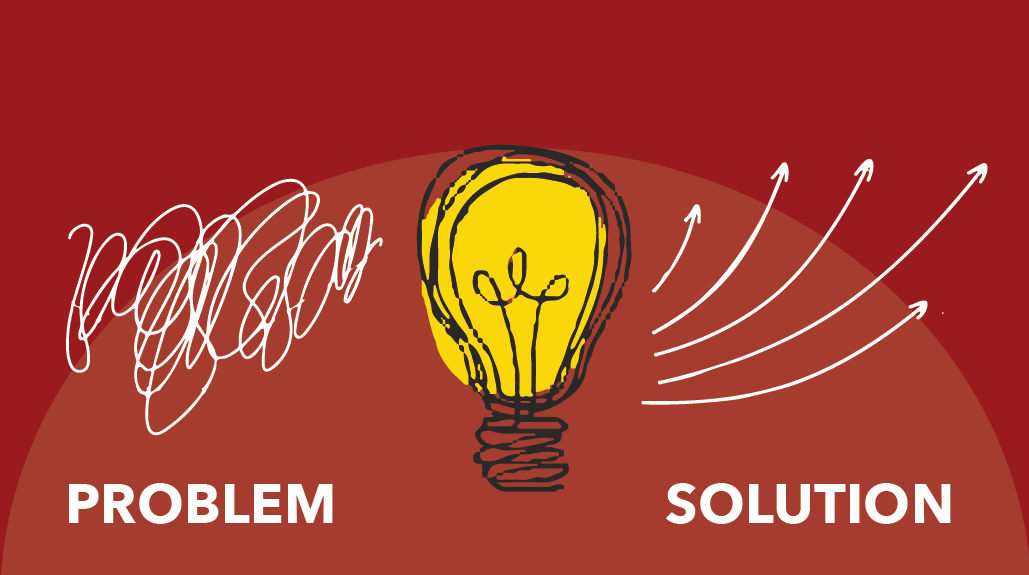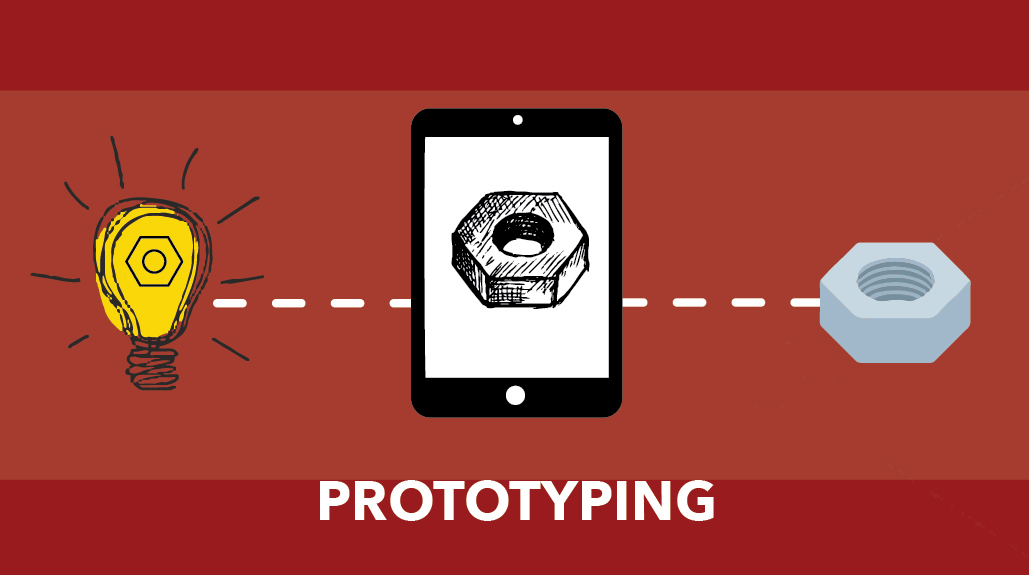Navigating Networks: Launch
 Read your Challenge Statement and watch your Challenge Champion’s Set the Stage video. Be sure you have a clear understanding of the problem.
Read your Challenge Statement and watch your Challenge Champion’s Set the Stage video. Be sure you have a clear understanding of the problem.
Then do some research to identify and understand the users – the people or organizations who need a good solution to this problem. What do users need in a solution? Why? What’s wrong with the solutions they have now?
Challenge Scenario
How should a local government decide which roads to repair first following a natural disaster? If a company was delivering medical supplies to people in need, how would they decide the best order for delivery?
For many organizations, deciding how to “best” connect people with a product, service, or even other people is essential to their mission. But how each organization defines “best” depends on the values and criteria they decide are most important. For example, a company delivering medical supplies to vulnerable communities might prioritize houses that need the supplies most urgently, while a company making a food delivery may value the route with the shortest distance. A highway developer who values minimizing travel times will likely plan a different path than one who values minimizing community disruption and environmental impact.
One way to visualize the questions above is to use graphs. A graph is a mathematical structure that is composed of nodes that are connected using edges. A graph is considered a network when it is possible to get from one node to every other node in the graph. Networks can help organizations find the “best” solution to their problem by visualizing all possible connections that explicitly reflect their values (for example, community impact, environmental impact, urgency). Weighted networks can be particularly helpful and can help organizations identify key people or places (nodes) and describe the connections (edges) among them. They assign each edge a weight based on their values and use those weights to find the best possible path or solution.
Although many organizations use weighted networks to find the best way to connect people, goods, and services, most only consider single variables or the wrong variables altogether. Savvy entrepreneurs can use weighted networks to gain new perspectives, find unexpected solutions, and create more equitable networks. This is where you come in.
Challenge Statement
Your challenge is to design an organization that uses weighted networks to responsibly and equitably provide goods or services to your customers. Your solution should include:
- Background. Describe the type of good or service your business will distribute using a weighted network.
- A Prototype of a Network. Design a graph that models your network and assigns a numerical “weight” to each edge. This graph should include:
- Nodes. Define and label what the nodes in your graph represent.
- Weighted Edges. Design innovative weights to assign to each edge in your graph that reflect your organization’s values and help you optimize the distribution of your goods or services. These weights should combine multiple variables that best represent the relationship between the two nodes.
- Evidence of Success. Using your graph from above, show how your new weights allowed you to responsibly and equitably optimize the distribution of goods or services.






